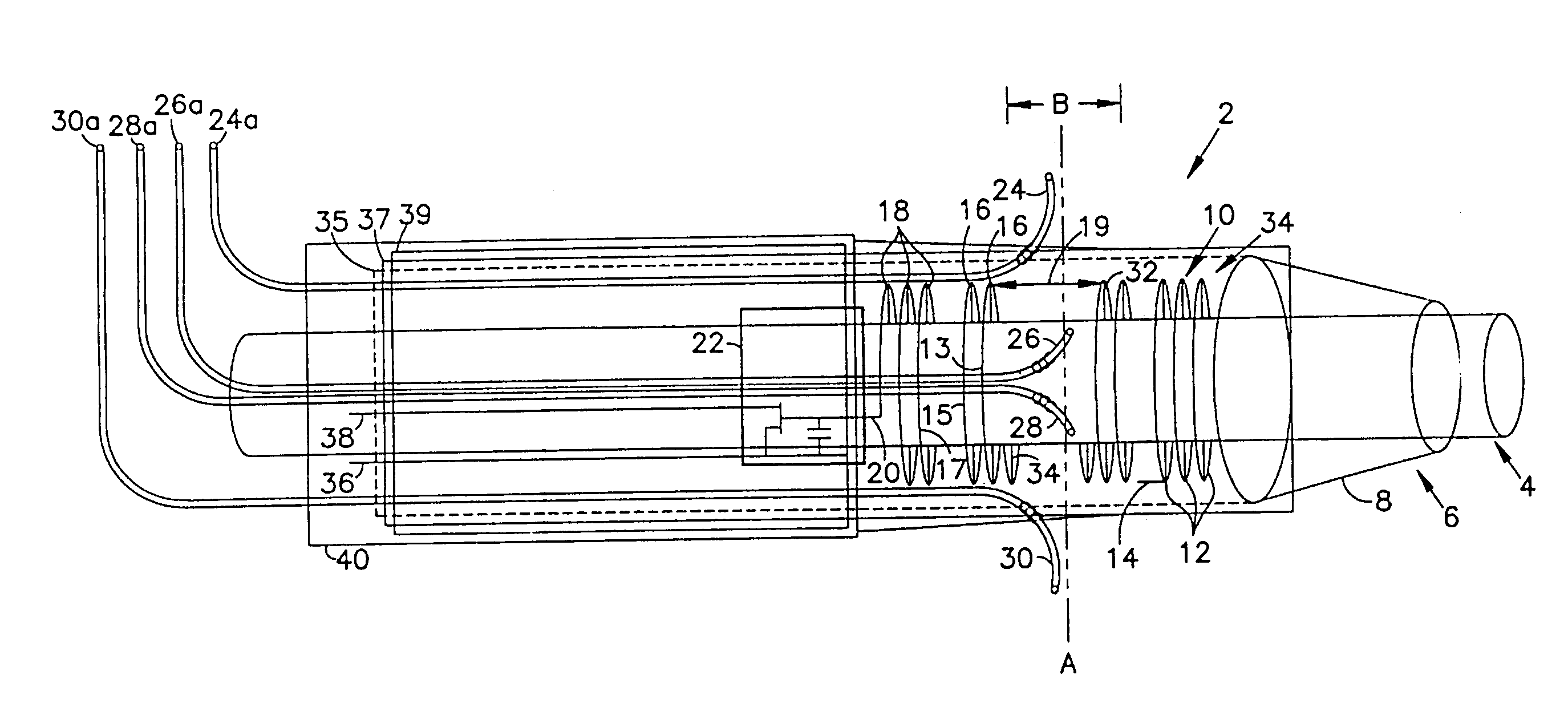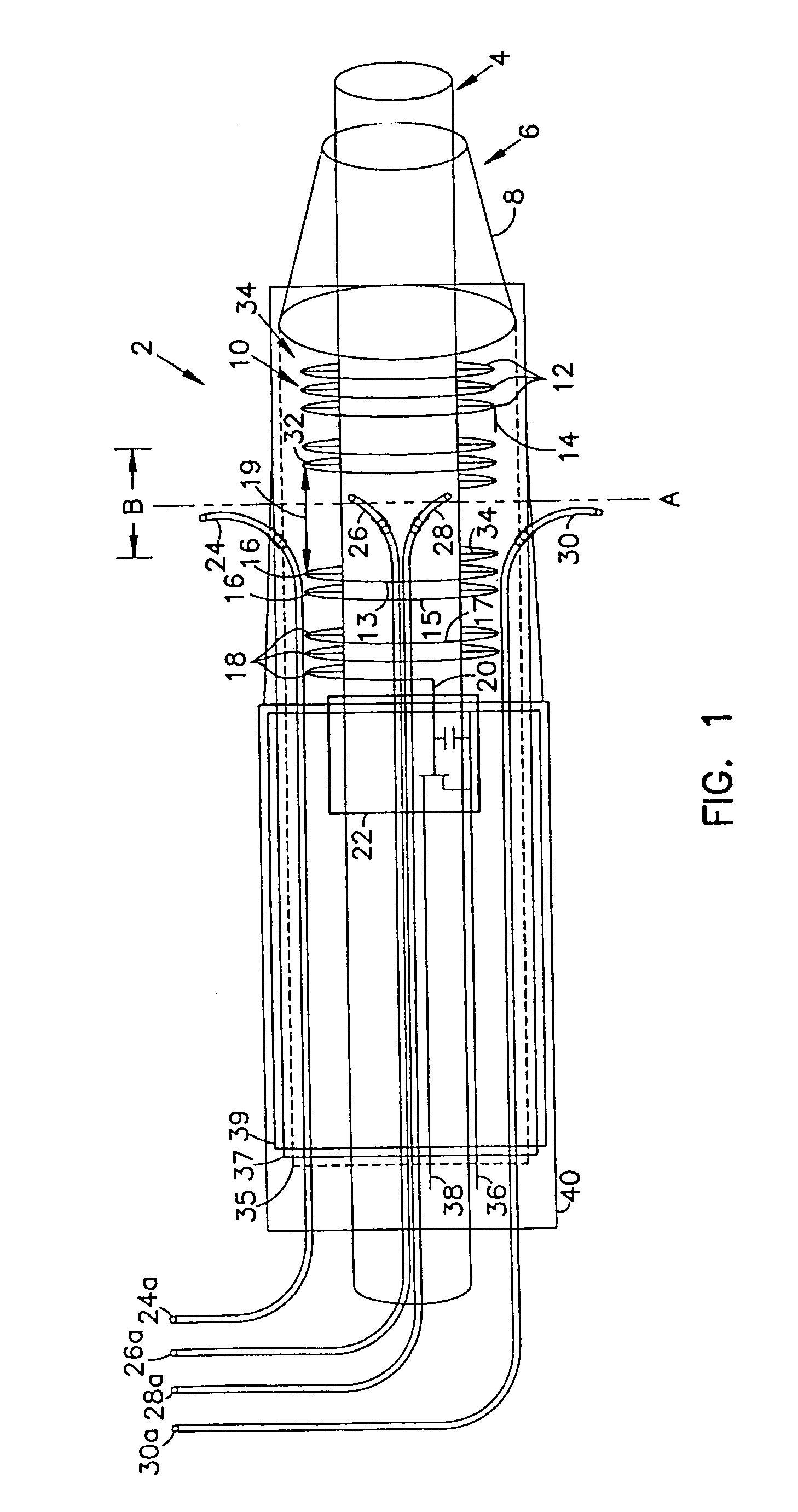Antimicrobial release system
- Summary
- Abstract
- Description
- Claims
- Application Information
AI Technical Summary
Benefits of technology
Problems solved by technology
Method used
Image
Examples
Embodiment Construction
[0023]Over the past few years, free radicals have been implicated in all sorts of diseases. Every health supplement and face cream seems to include some protection against them—but what are they and, more importantly, what do they do? We first need to go back to basic level chemistry to understand what a free radical is. The chemical bonds that hold atoms together to make molecules contain pairs of electrons. For example, there are two electrons in each of the bonds holding the hydrogens of water to the oxygen. The two electrons act to stabilize the bond between the atoms. However, some molecules, especially those containing oxygen, can easily gain an extra one of these bonding electrons. As this electron is not paired with any other electrons, it makes the molecule very reactive. In a sense this molecule or atom with the extra, available electron is a molecule with a free chemical bond. This is essentially what a free radical is—a molecule containing unpaired electrons. This molecu...
PUM
 Login to View More
Login to View More Abstract
Description
Claims
Application Information
 Login to View More
Login to View More - R&D
- Intellectual Property
- Life Sciences
- Materials
- Tech Scout
- Unparalleled Data Quality
- Higher Quality Content
- 60% Fewer Hallucinations
Browse by: Latest US Patents, China's latest patents, Technical Efficacy Thesaurus, Application Domain, Technology Topic, Popular Technical Reports.
© 2025 PatSnap. All rights reserved.Legal|Privacy policy|Modern Slavery Act Transparency Statement|Sitemap|About US| Contact US: help@patsnap.com


